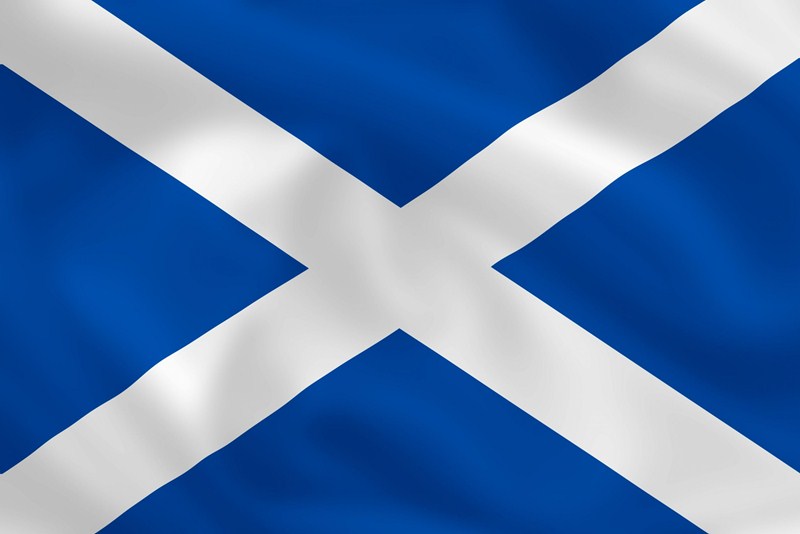The Scottish rate of income tax (SRIT) is payable on the non-savings and non-dividend income of those defined as Scottish taxpayers.
The definition of a Scottish taxpayer is generally focused on the question of whether the taxpayer has a 'close connection' with Scotland or elsewhere in the UK. The liability to SRIT is not based on nationalist identity, location of work or the source of a person’s income e.g., receiving a salary from a Scottish business.
HMRC’s guidance states that for the vast majority of individuals, the question of whether or not they are a Scottish taxpayer will be a simple one – they will either live in Scotland and thus be a Scottish taxpayer or live elsewhere in the UK and not be a Scottish taxpayer.
If a taxpayer moves to or from Scotland from elsewhere in the UK, then their tax liability for the tax year in question will be based on where they spent the most time in the relevant tax year. Scottish taxpayer status applies for a whole tax year. It is not possible to be a Scottish taxpayer for part of a tax year.
You may also pay Scottish Income Tax if you live in a home in Scotland and also have a home elsewhere in the UK. In this case, you need to identify which is your main home based on published guidance and the facts on the ground. You may also be liable to SRIT if you do not have a home and stay in Scotland regularly, for example you stay offshore or in hotels.
The Scottish rates and bands for 2022-23 are as follows:
| Personal allowance – 0% | Up to £12,570 |
| Starter rate – 19% | £12,570 – £14,732 |
| Basic rate – 20% | £14,733 – £25,688 |
| Intermediate rate – 21% | £25,689 – £43,662 |
| Higher rate – 41% | £43,663 – £150,000 |
| Additional rate – 46% | Above £150,000 |


Recent Comments